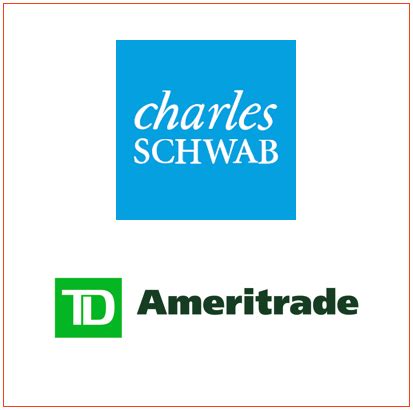Quarterly update to clients
Continue readingTD-Schwab Merger Update
Latest details on the TD-Schwab merger.
Continue readingMoney Trailguide, No. 20
Your Money Trailguide helping you pursue your great adventure now.
Continue readingIs the Debt Ceiling Bringing You Down?
Money Trailguide, No. 18
Your Money Trailguide helping you pursue your great adventure now.
Continue readingQuarterly Letter to Clients
Money Trailguide, No. 12
Your Money Trailguide helping you pursue your great adventure now.
Continue readingQuarterly Letter to Clients
Fee Reductions
Happy New Year! I hope this message finds you well after enjoying the holidays. I just have a quick note to share to start off our new year. A longer post will be coming later this week as our quarterly letter to clients.
2020 was a tough year on many fronts, but one thing it taught us is that market performance in the short term is wildly unpredictable. In addition, short-term performance will likely have a small impact, if any, on your probability of success with your own financial goals. So it is really not worth your mental energy to ever spend a moment worrying about your short term investment performance. Plus, none of us really have any control over investment performance.
What do we have control over? From a planning and investment standpoint, we discuss fees quite often, and look to reduce this financial headwind where possible because this is something we can control. Most of our clients have Dimensional Funds as core holdings in their portfolio, so we were happy to hear this fall that they announced that fees would be reduced across a broad range of their equity funds effective February 2021, representing an approximate 15% reduction on an asset-weighted basis. They were already significantly lower than the average mutual fund expense ratio, so this is a great move in the right direction. It is exciting because it means that, all else equal, our clients will get to keep more of the investment’s returns which will have a compounding effect on wealth over the years.
Reducing fees is only one way to increase your wealth over time. Let us know if you would like to discuss the other planning tools that can be used to increase wealth as well.
Open letter regarding current events…
To our clients, friends, and colleagues,
We hope this note finds you well in the midst of turbulent times. We want to recognize the difficulty of the past couple of weeks; in fact, 2020 has been a hard year for almost everyone. As a firm, PLC Wealth is devastated to see the haphazard destruction of life, the mindless assault on personal livelihoods and property, and the highlighted human suffering. We stand with all those on the side of liberty and justice, affirming the American declaration ‘that all men are created equal.’ We hope you all stay safe and healthy in these uncertain times, and as always, please let us know if there is anything that we can do to help.
Your PLC Wealth Team









